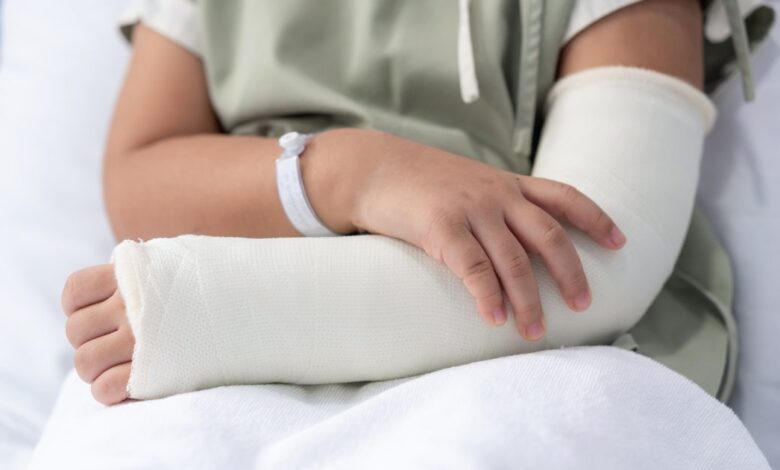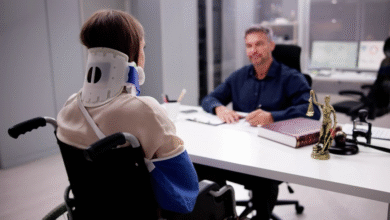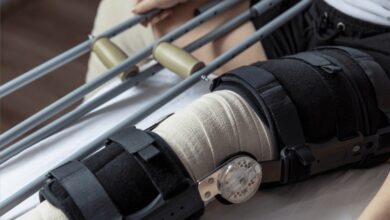How Child Injury Cases Differ From Adult Claims
Learn how child injury claims in Bellevue differ from adult cases. Discover legal safeguards, timelines, and how to protect your child’s future care.

Bellevue feels organized—schools, parks, and busy streets—until a child is hurt at a playground, crosswalk, practice, or daycare. Parents here quickly learn that a child’s case isn’t just a smaller version of an adult claim. Washington law adds safeguards: a guardian must act in the best interest of the minor, courts often review settlements, and the clock for filing can pause until a child reaches a certain age. Medical needs can span years, and schools may require plans or services; therefore, damages must consider future care, therapies, educational impacts, and lost earning potential.
Emotional recovery is also important, which is why pediatric specialists, psychologists, and educators often weigh in on this issue. In short, the question in Bellevue isn’t only “What happened?” but “What will this mean for the rest of this child’s life?” Speaking with a child injury lawyer in Bellevue can help you translate those protections into a clear path forward. The guide below outlines the differences between these claims and what to expect next.
Legal Representation and Guardianship
In legally representing a minor in a case, a minor cannot represent himself or herself. They need a parent or legal guardian to act on their behalf. This condition protects the child’s rights and interests during the procedural history. Often, the guardian must consider the child’s best interests, which can lead to complications.
Statute of Limitations
One of the most significant differences between child injury claims and adult injury claims is the statute of limitations. For adults, the claim period starts right after the injury occurs. However, the length of this period is normally increased for minors. Often, the countdown begins when the child reaches a certain age, which results in a longer timeline for filing claims. This extension acknowledges that a child may not initially recognize the full extent of their injuries.
Assessment of Damages
Calculating damages in personal injury cases involving children is necessarily an exercise in projection. The specifics of child cases examine long-term effects, because while adults can evaluate an injury’s immediate impact, children may be in a state of constant development. It is compensable for those losses, including future medical expenses, financial impacts on education, and earnings potential. This proactive review confirms that the child’s future needs are being adequately met.
Emotional and Psychological Impact
The way children digest emotional and psychological trauma is often not the same way as an adult. These effects are more severe and more permanent. When it comes to legal proceedings, you must consider these things. Counseling and therapy that can help the child fully recover emotionally may also be part of that compensation. It is important to consider these factors to provide holistic care.
Involvement of Experts
Our child injury cases often need input from a multitude of experts. This may also include pediatric specialists, psychologists, and educational consultants who will provide information about the child’s condition and their future needs. This knowledge is invaluable in creating a case that best interprets the child’s plight. Working together in this way is a crucial component in ensuring the law yields the right results when it comes to the needs and interests of a child.
Settlement Considerations
A settlements of a child injury case come under greater scrutiny. Any settlement must be approved by the courts, which will typically require a separate evaluation to determine whether the settlement is in the best interests of the child. This provides a safeguard against such decisions, which may overlook a child’s best interests in the long run. It ensures that the settlement will compensate and provide long-term aid.
Parental or Guardian Responsibility
In such cases, parents or guardians play a pivotal role. They must make informed decisions and work closely with legal professionals to ensure the child’s protection. It is an immense responsibility, and yet the most important thing is to keep our eyes on what is best for the child. Good communication with counsel is essential to performing the process correctly.
Legal Procedures and Court Involvement
In cases where children have been injured, the court proceedings can be somewhat different than in those involving adults. Judges sometimes play a greater role in overseeing these cases to promote fair play and protect the best interests of the child. Such involvement underscores the importance of attending the hearing prepared with a well-structured case, including thorough documentation and expert testimony.
Conclusion
Dealing with child injury claims requires special care and a more delicate approach. They differ in all these aspects from adult claims, such as legal representation, the statute of limitations, and the damages. Recognising these differences enables parents, guardians, and legal professionals to collaborate, thereby protecting the child’s rights and future. The parent can only hope that the result is something that promotes the child’s health and future, a solution to both immediate and long-term problems.











